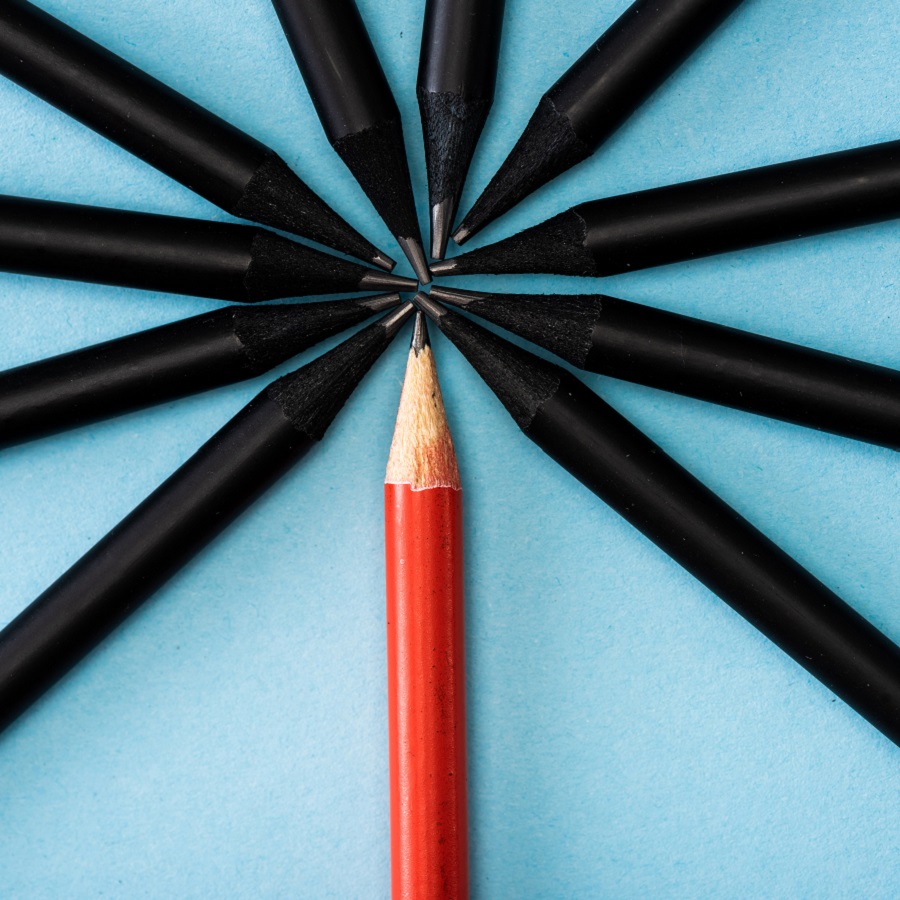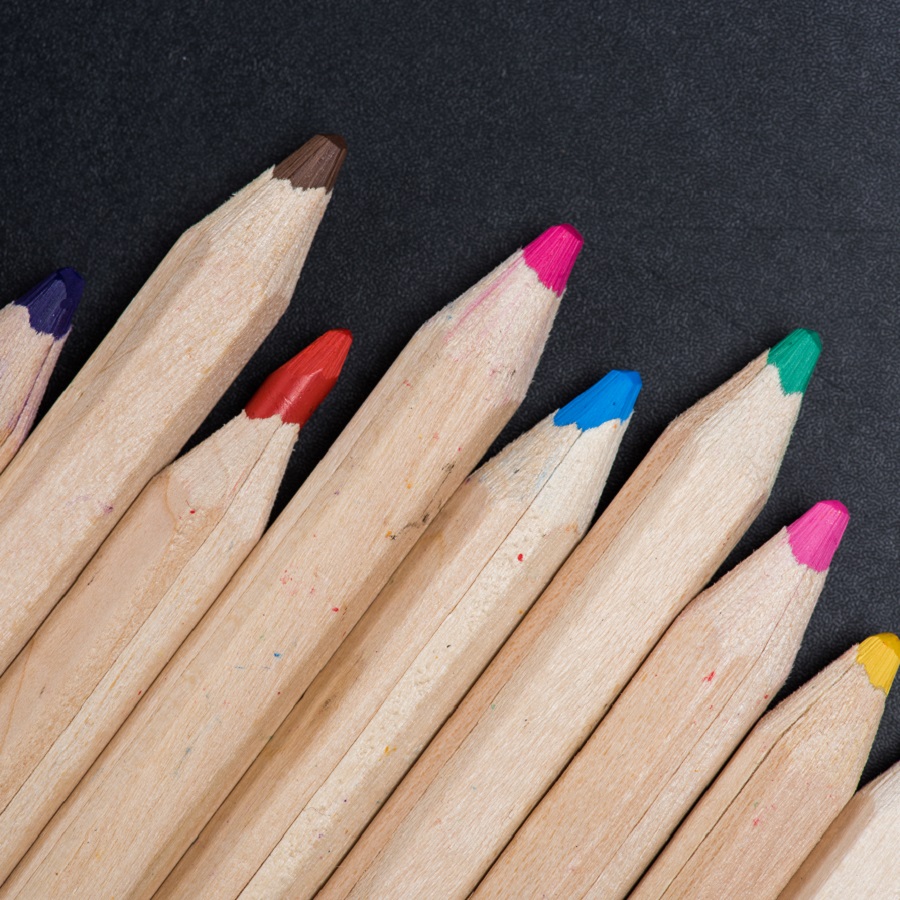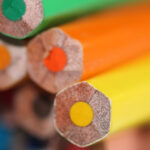Colored pencils are more than just a tool for coloring books; they are an essential medium for artists, designers, and hobbyists alike. Whether you are a beginner or a professional, understanding the components, types, and techniques of colored pencils can elevate your creative projects. In this guide, we will explore the fascinating world of colored pencils, their makeup, different types, and best practices for use and maintenance.
The Anatomy of Colored Pencils
Colored pencils might appear simple, but they are composed of several critical elements that contribute to their performance and quality.
-
Pigments
:
The pigments in colored pencils are what give them their rich hues. These can be derived from natural minerals or synthetically produced. Natural pigments come from sources like ochre, charcoal, and limestone, providing earthy tones that are often more muted. Synthetic pigments, on the other hand, are made from various chemical compounds and can produce a broader range of vivid colors.

-
Fillers
:
Fillers such as wax and talc are added to colored pencils to give them the right hardness and texture. Fillers also help control the cost of the pencils by reducing the amount of pigment needed. A pencil with a higher filler content might be cheaper but could also be less vibrant and harder to blend. -
Binders
:
Binders are substances like glycerides, wax, and resins that hold the pigment and filler together in the pencil core. The type and quality of binder used can significantly affect the performance of the pencil. For instance, a wax binder will make the pencil smoother to use but can lead to issues like wax bloom over time. -
Wooden Casing
:
The wooden casing is not just for aesthetics; it protects the core and provides a comfortable grip. Common woods used include linden, poplar, and cedar, chosen for their durability and ease of sharpening.
These components work together to create a tool that is both functional and capable of producing stunning works of art. For more detailed information on the materials used in colored pencils, check out this
comprehensive guide
.
Choosing the Right Colored Pencils
When it comes to selecting colored pencils, it’s crucial to consider your specific needs and preferences. Colored pencils generally fall into three main categories: oil-based, water-soluble, and pastel pencils.
-
Oil-Based Colored Pencils
:
Known for their vibrant and intense colors, oil-based colored pencils have a waxy texture that allows for rich layering and blending. However, they are not ideal for detailed work or erasing. These pencils are perfect for creating bold, textured effects and are often used by professional artists.

-
Water-Soluble Colored Pencils
:
These pencils offer the versatility of both colored pencils and watercolor paints. When used dry, they behave much like regular colored pencils, but when water is added, they dissolve to create a smooth, watercolor effect. This type is excellent for creating dynamic washes and gradients, making it popular among illustrators and designers. -
Pastel Colored Pencils
:
Pastel pencils have a soft, chalky texture and are known for their excellent coverage and ability to create delicate, subtle effects. They are great for blending and can be used to achieve a wide range of tones. However, they can be messy and are prone to smudging, so fixatives are often required to preserve the artwork.
For beginners, a set of high-quality water-soluble pencils might be the best starting point due to their versatility. To explore a wide range of colored pencils, including small batch options, visit
cpencils.com
.
Techniques for Using Colored Pencils
Mastering colored pencil techniques can significantly enhance your artwork. Here are some foundational and advanced methods to consider:
-
Basic Coloring and Layering
:
Start with light pressure to lay down a base color and gradually build up layers to achieve the desired intensity. This layering technique allows for smooth gradients and richer colors. -
Blending
:
Blending can be achieved through various methods, including using a colorless blender pencil, a cotton swab, or even a solvent like mineral spirits. Blending helps to create seamless transitions between colors and adds depth to the artwork. -
Burnishing
:
This advanced technique involves applying heavy pressure with a light-colored pencil or a colorless blender to polish the surface of the paper, giving it a smooth, shiny finish. Burnishing can make colors appear more vibrant and unified. -
Texturing
:
Experiment with different strokes and pressure to create texture. For example, cross-hatching can add visual interest and dimension, while stippling can mimic the appearance of fine details like fur or foliage.
For a deeper dive into colored pencil techniques, you can refer to this tutorial.
Maintenance and Care
Taking good care of your colored pencils ensures they last longer and perform better. Here are some tips to keep them in top condition:
-
Sharpening
:
Use a high-quality sharpener to maintain a fine point without breaking the core. Electric sharpeners or handheld sharpeners with multiple size options work well. Avoid over-sharpening, as it can waste the pencil. -
Storage
:
Store pencils in a cool, dry place, preferably in a case or roll to protect them from damage. Keeping them organized by color can also save time and improve workflow. -
Cleaning
:
If the pencils get dirty, gently wipe them with a soft cloth. Avoid using solvents or harsh chemicals, as they can damage the wood or core.
By following these tips, you can ensure your colored pencils remain in excellent condition, ready for your next creative project. For a reliable supplier of high-quality colored pencils, consider
durzerd.com
.



